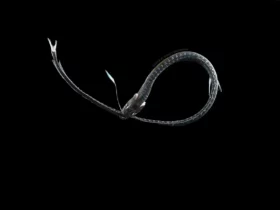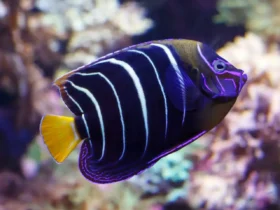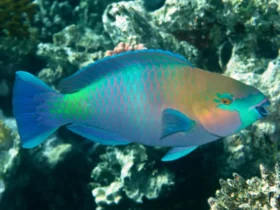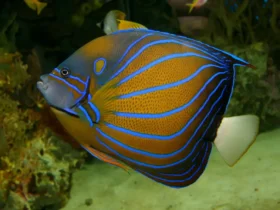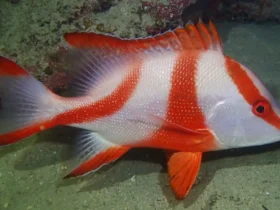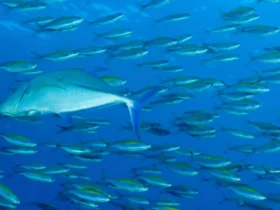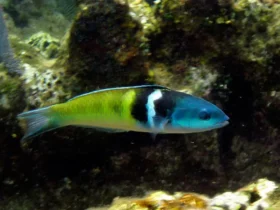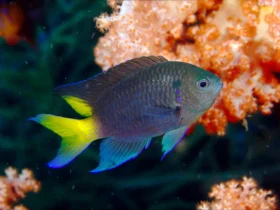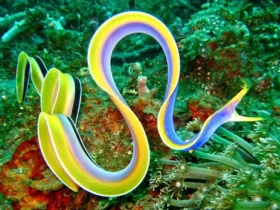Beneath the sparkling waves of the tropical oceans, a kaleidoscope of colors dances among the coral reefs. Among the mesmerizing inhabitants, the Anthias fish (Anthiinae) stand out with their vibrant hues, graceful movements, and captivating social structures. These strikingly beautiful creatures have become a favorite among divers and snorkelers, enchanting observers with their charm and elegance. Let’s dive into the world of Anthias fish and explore their fascinating characteristics.
Anthias Fish images
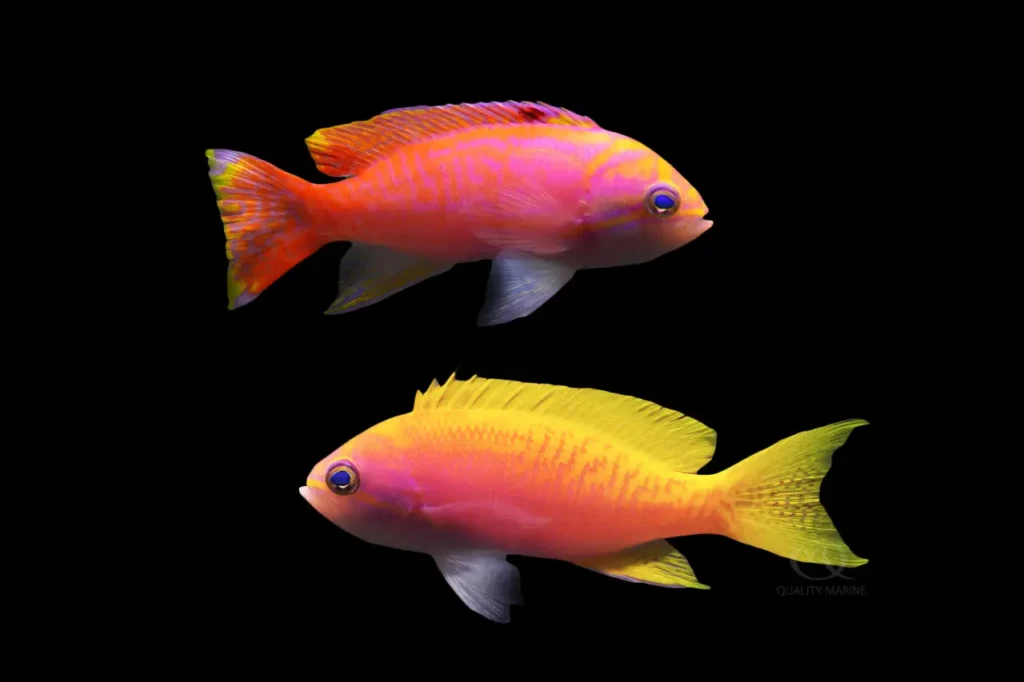
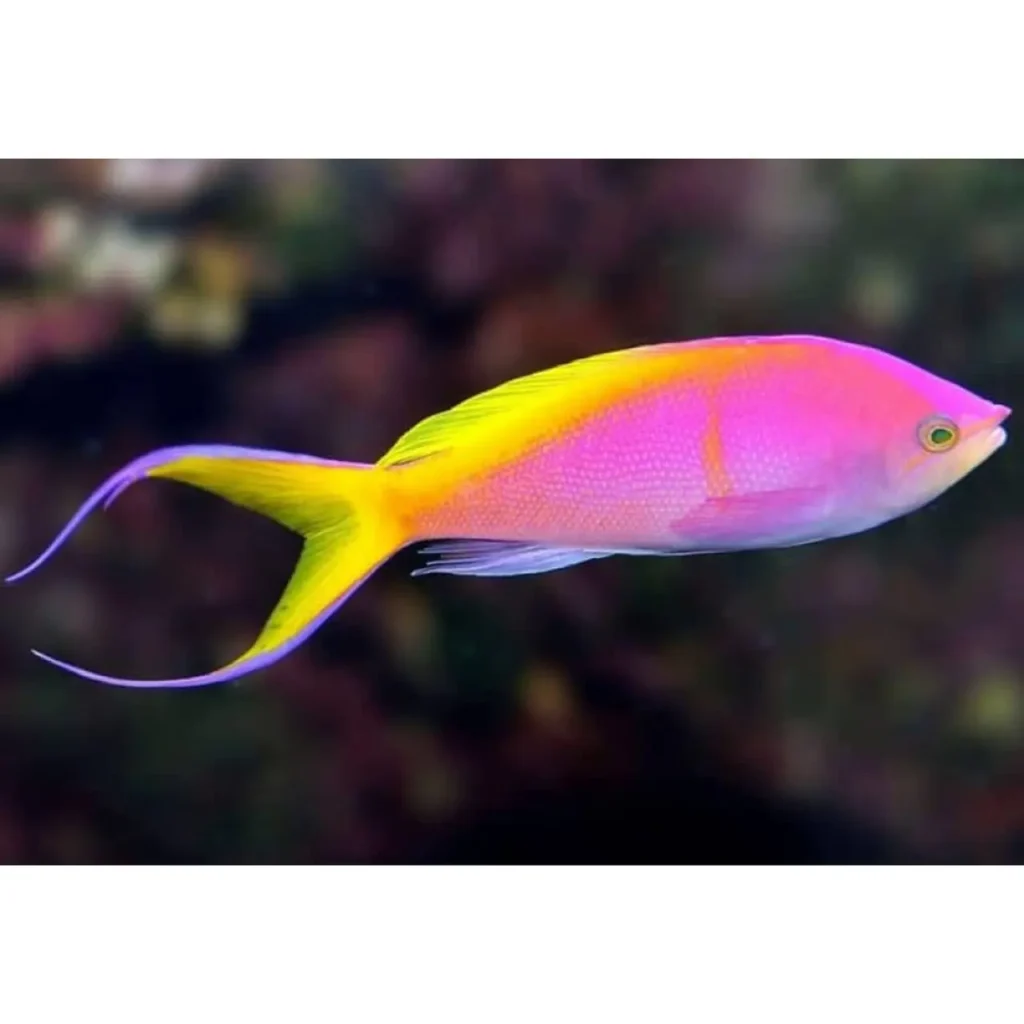

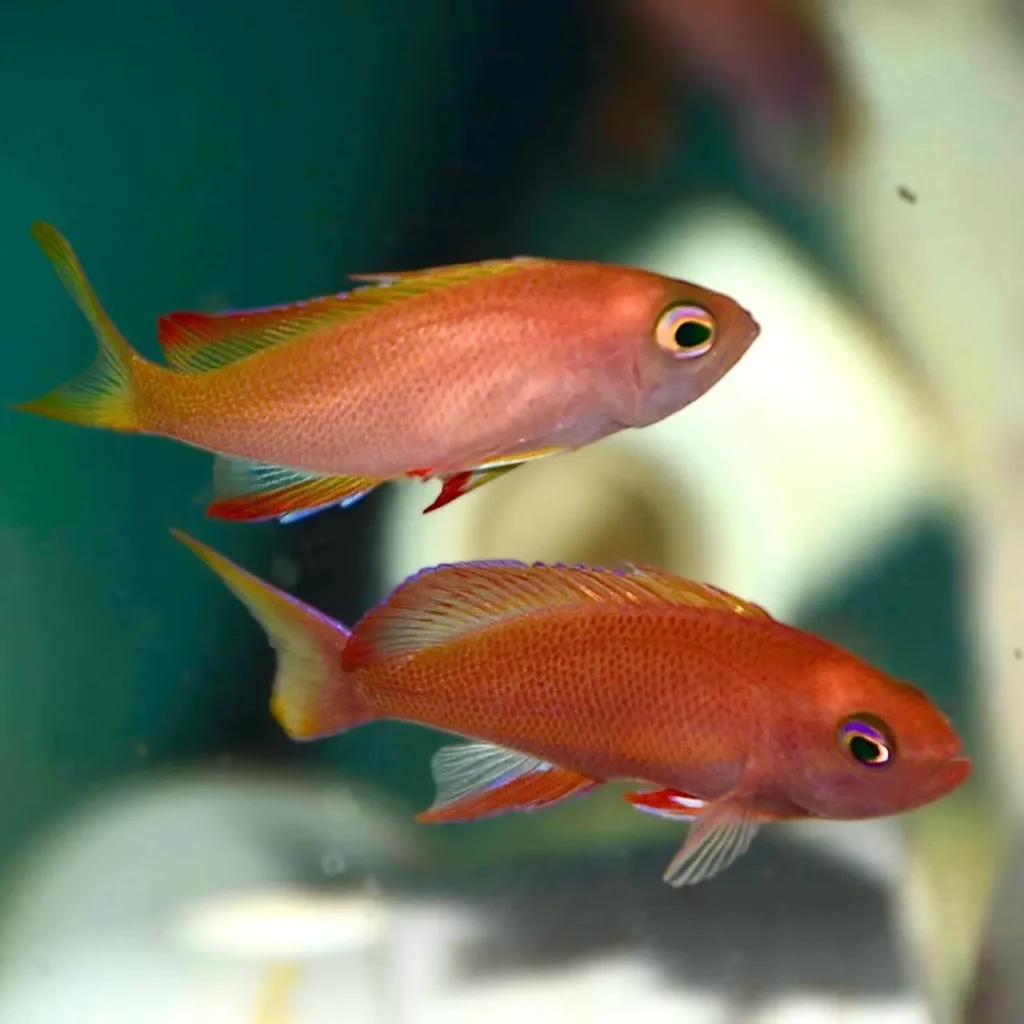
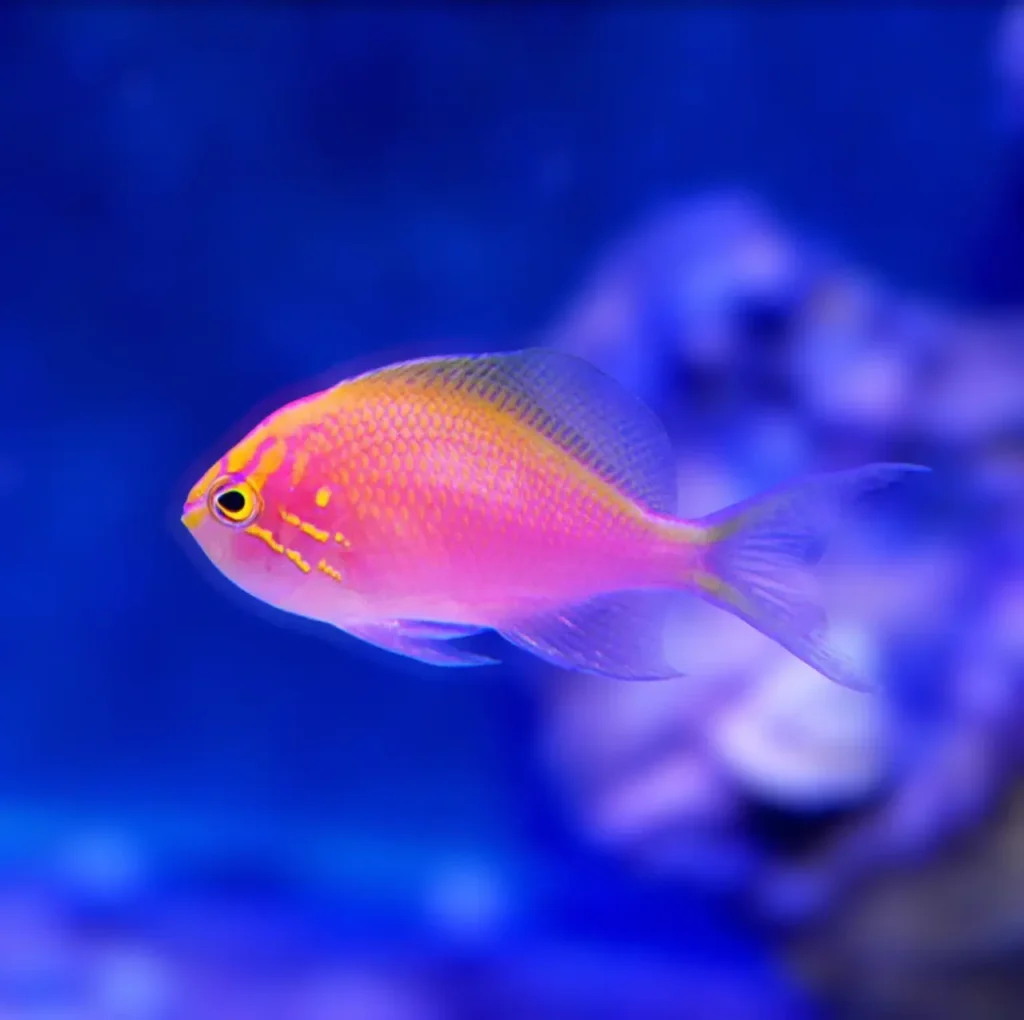
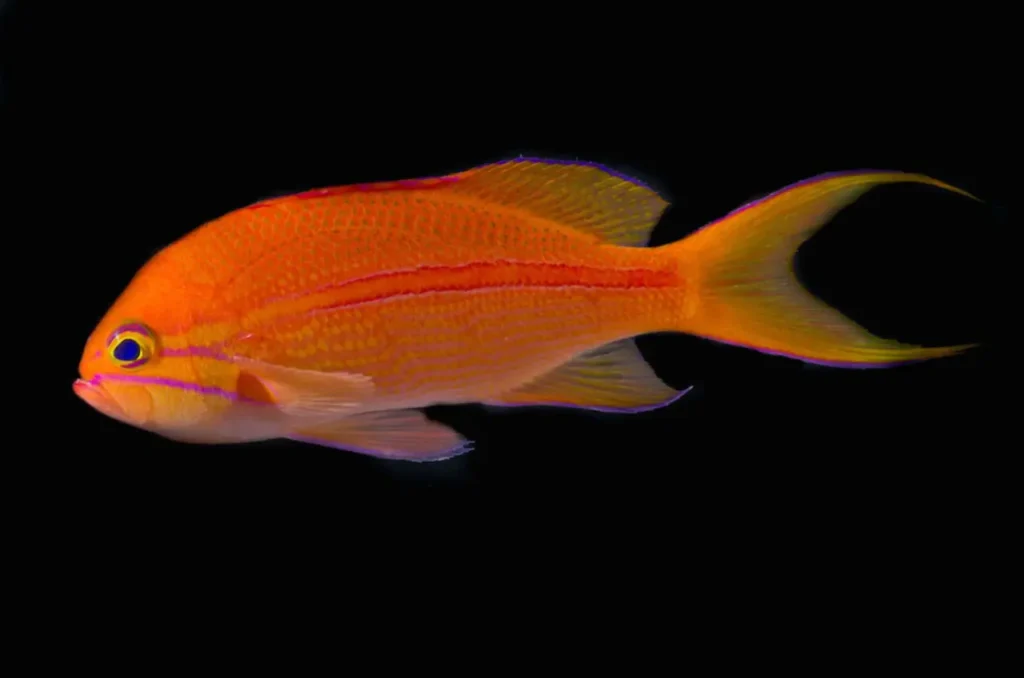
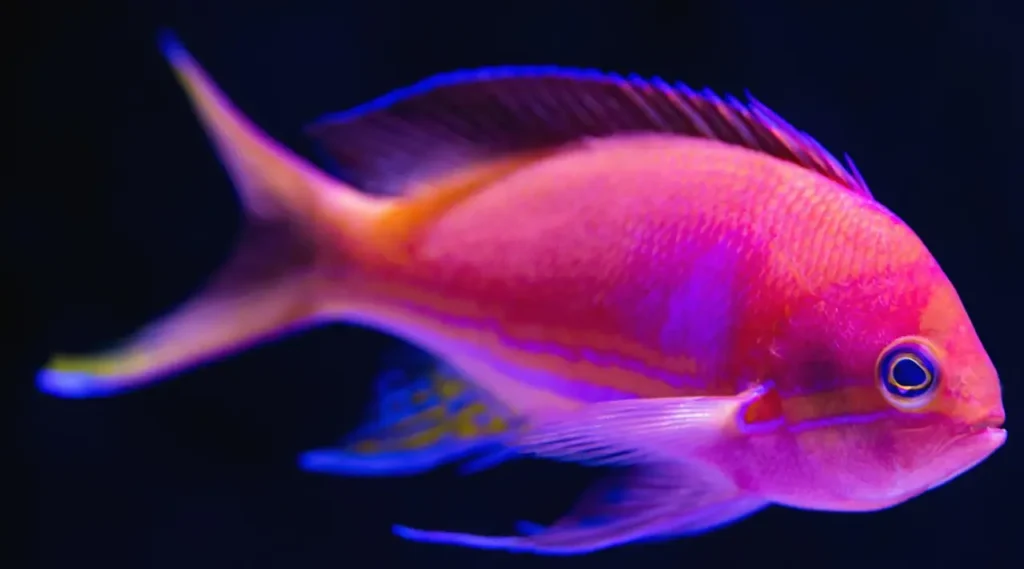
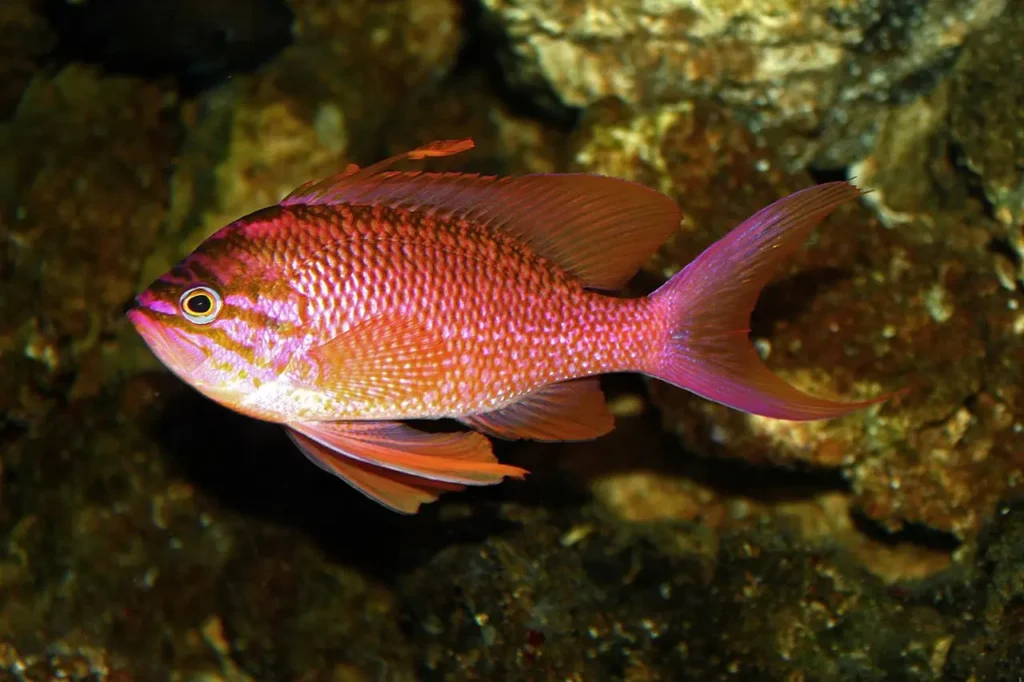
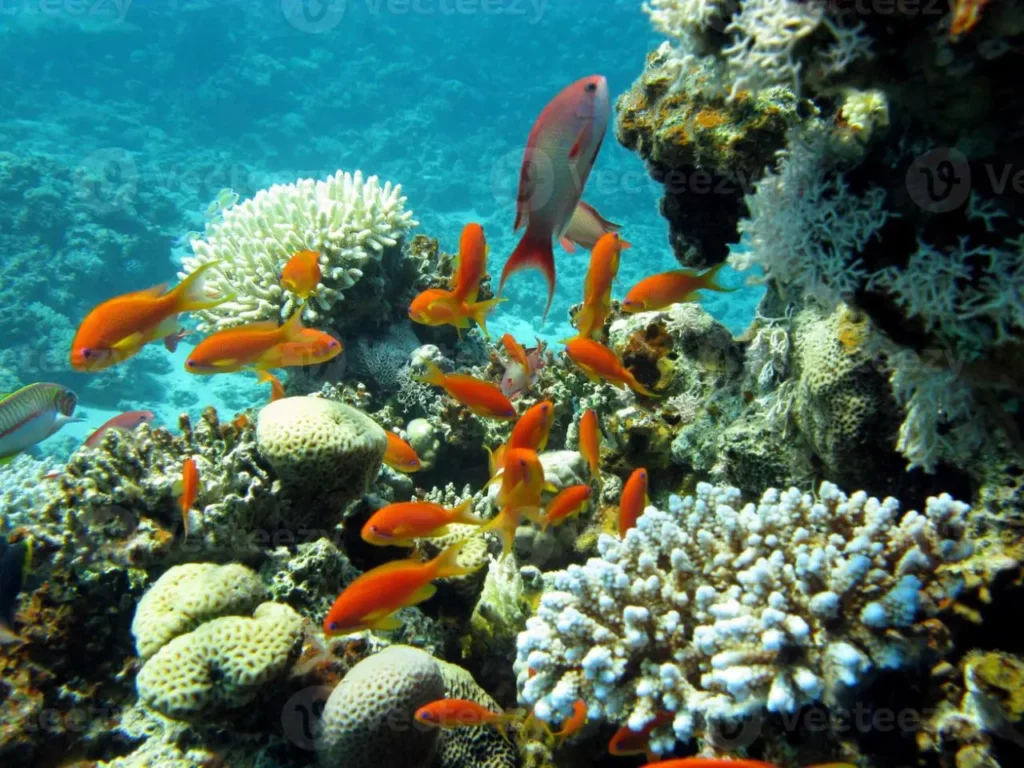
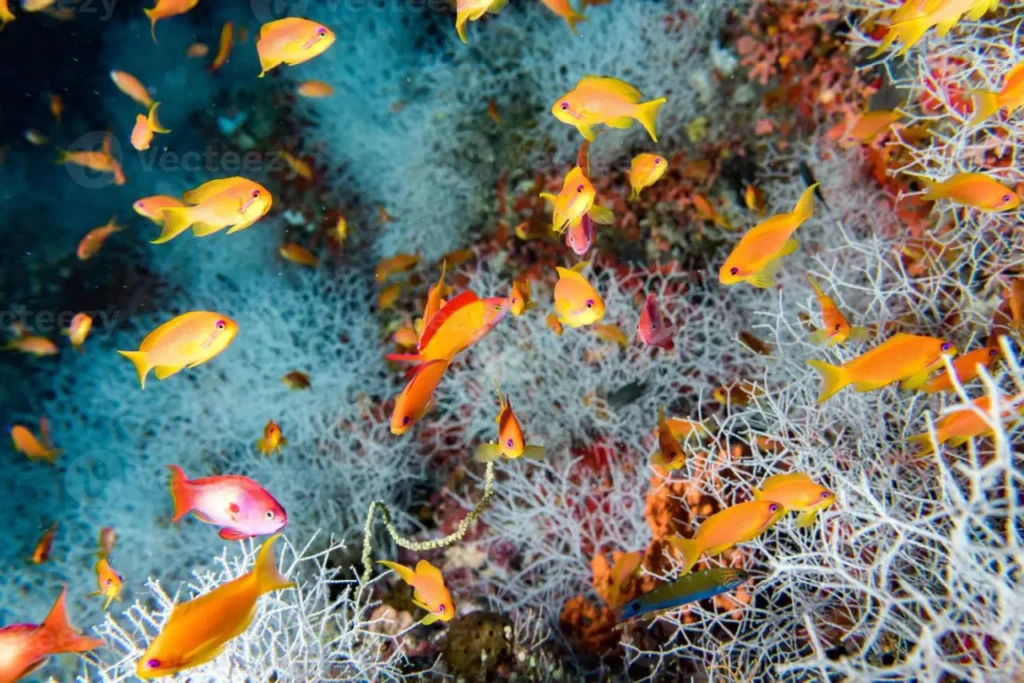
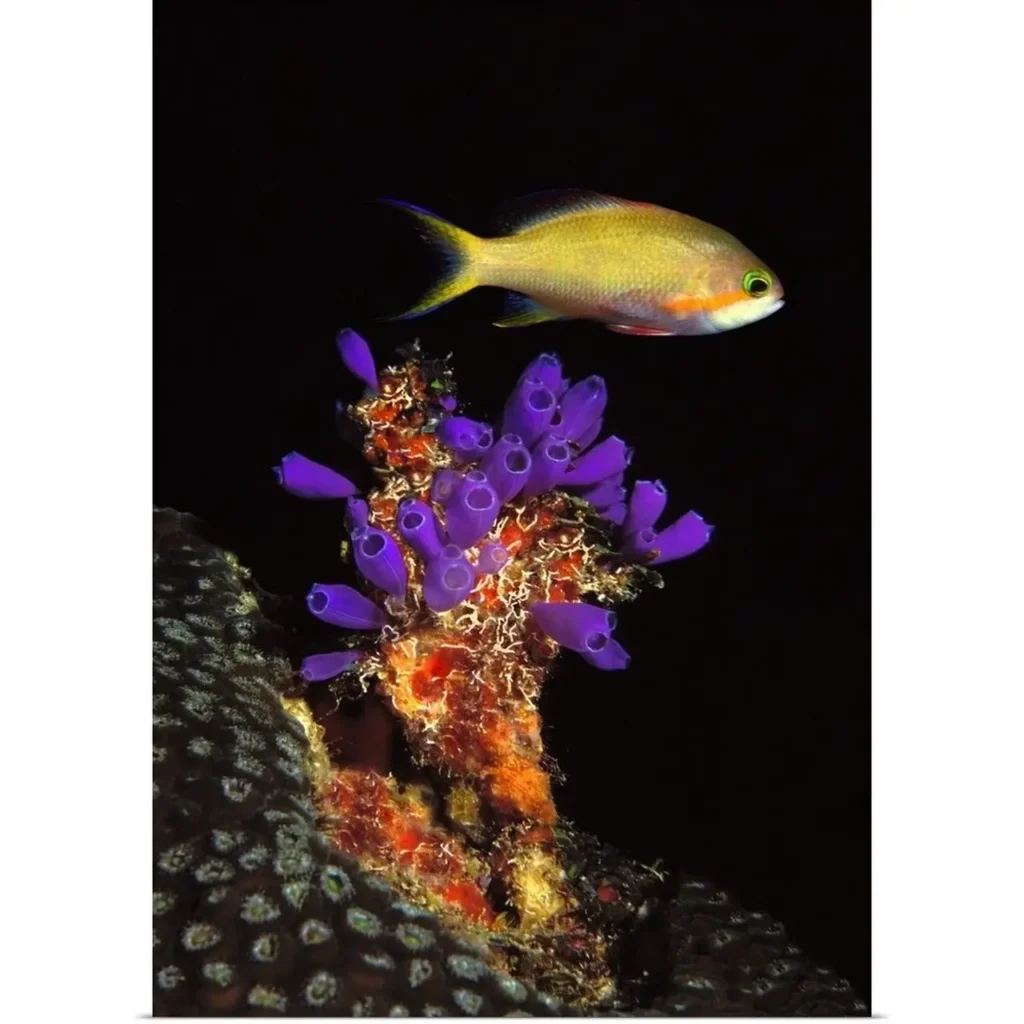
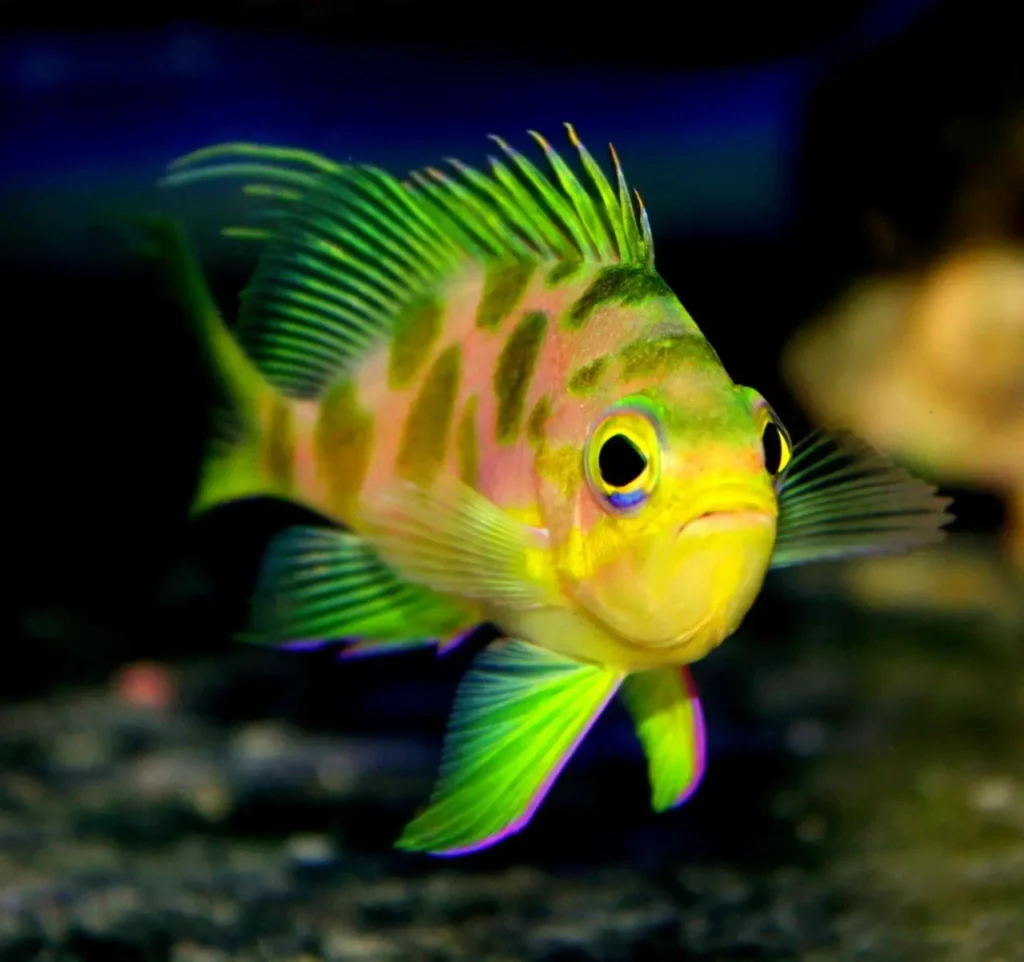
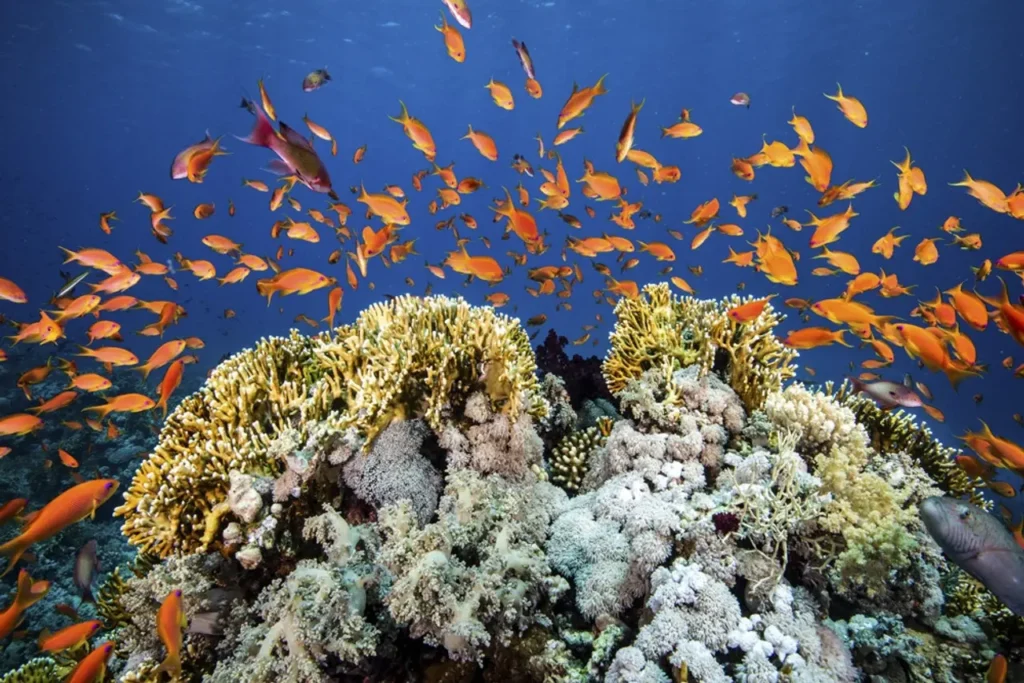
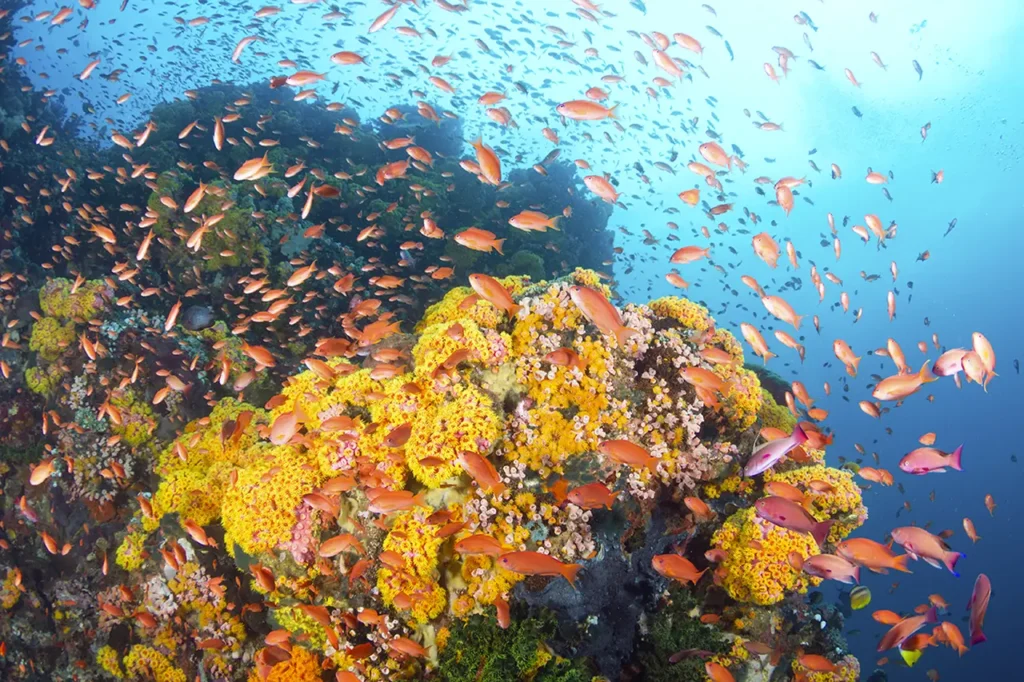
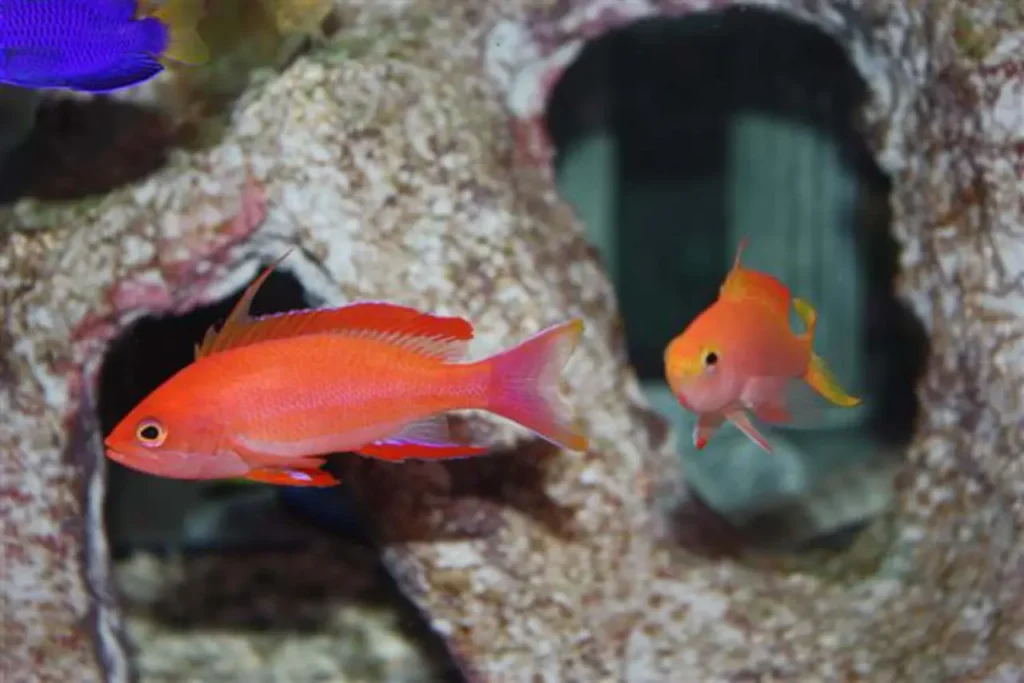
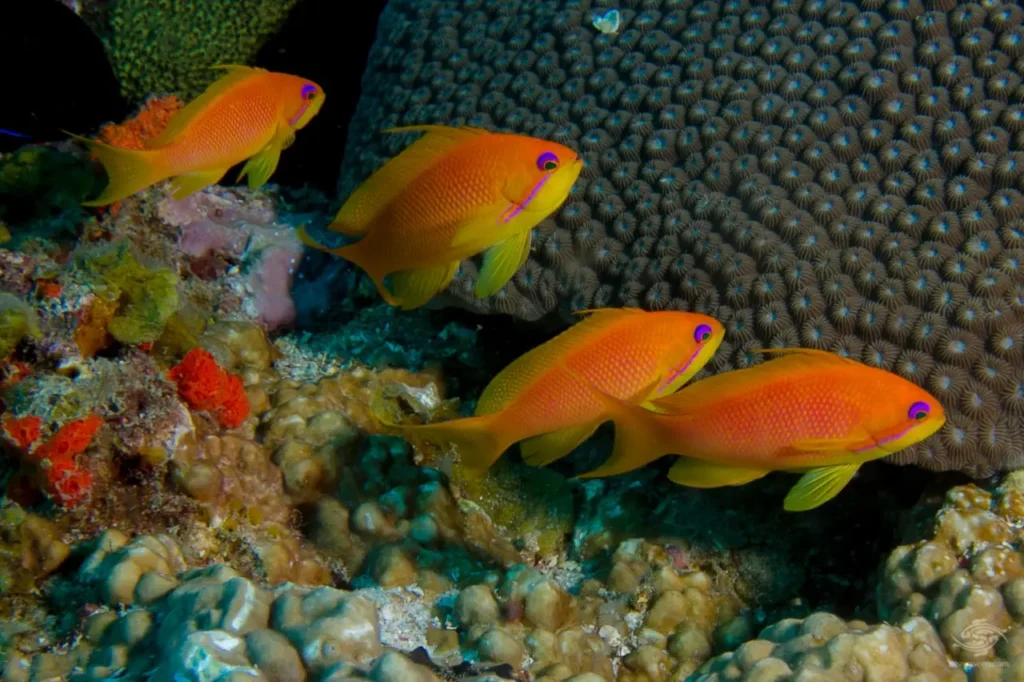
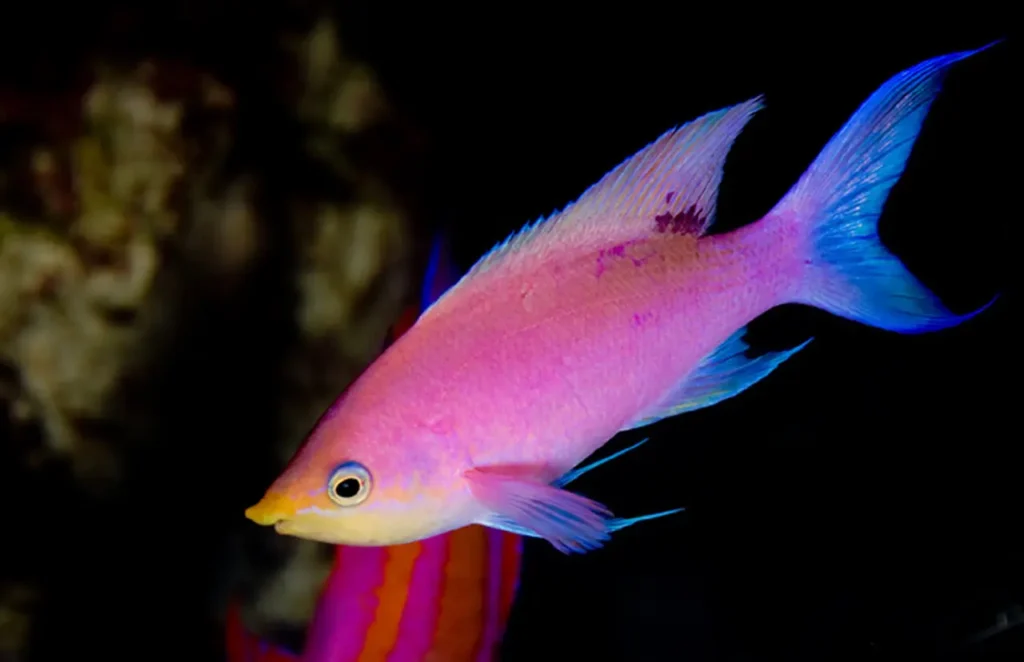
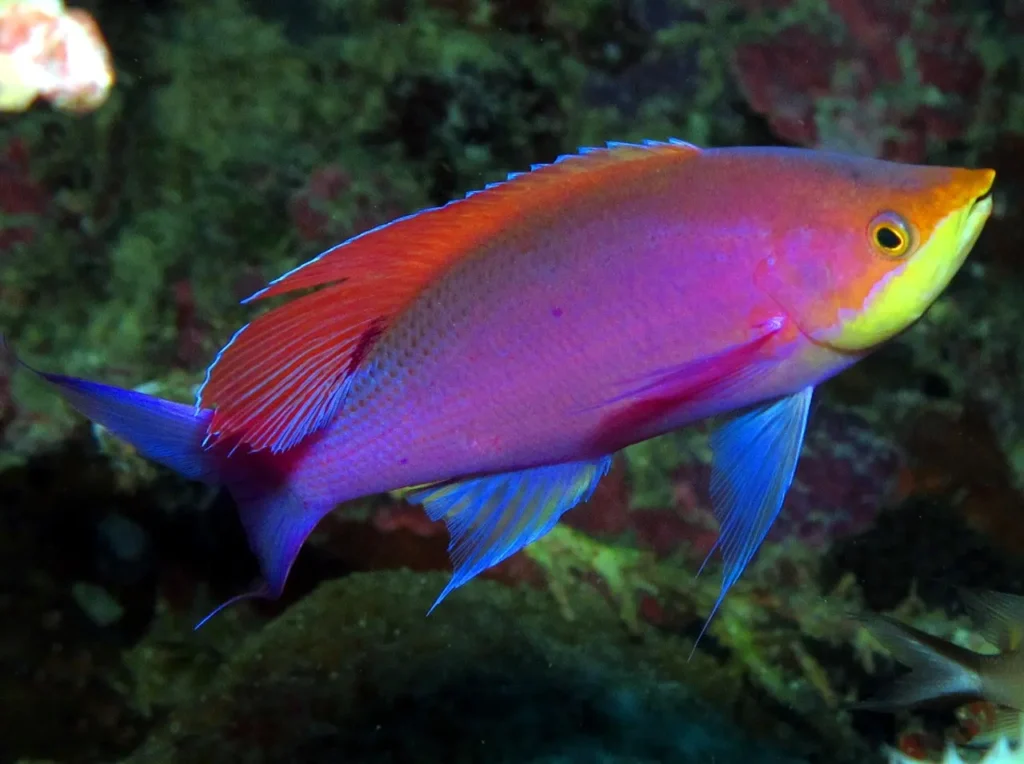
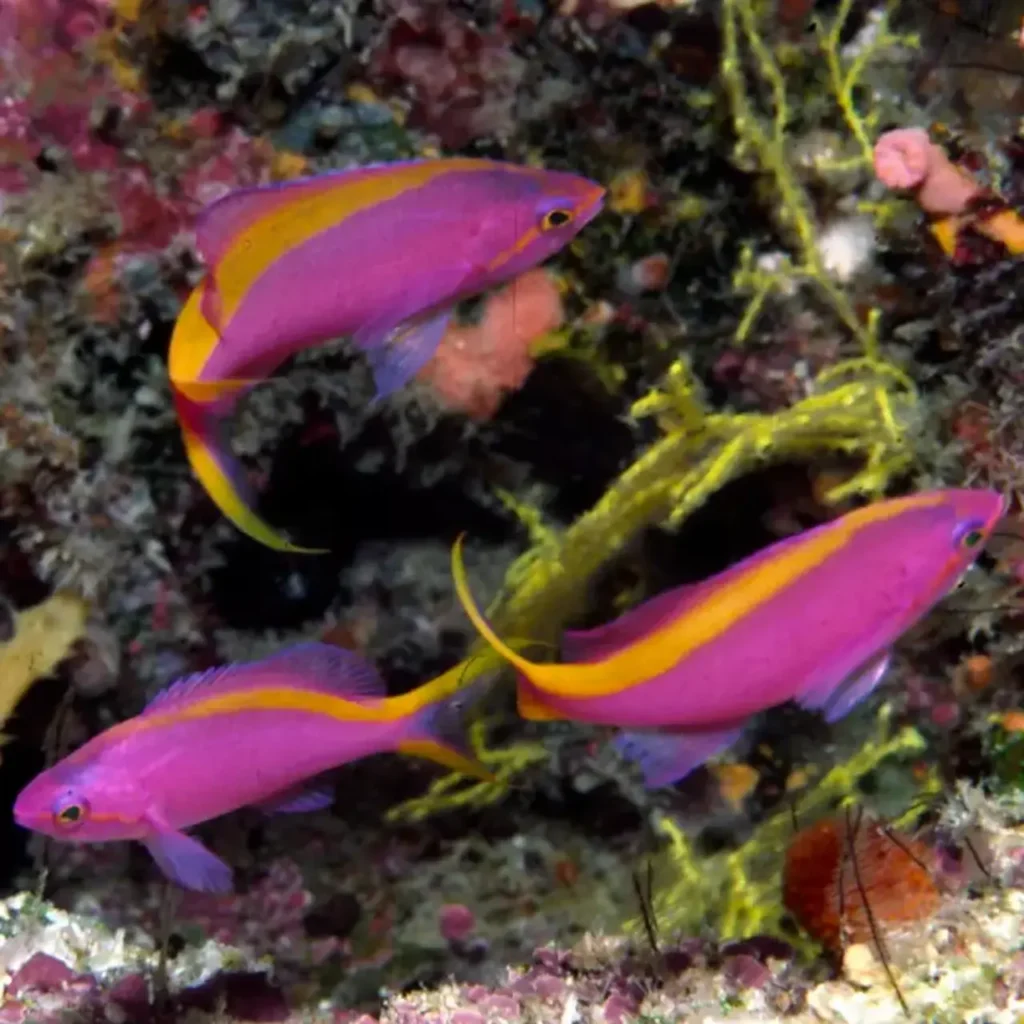
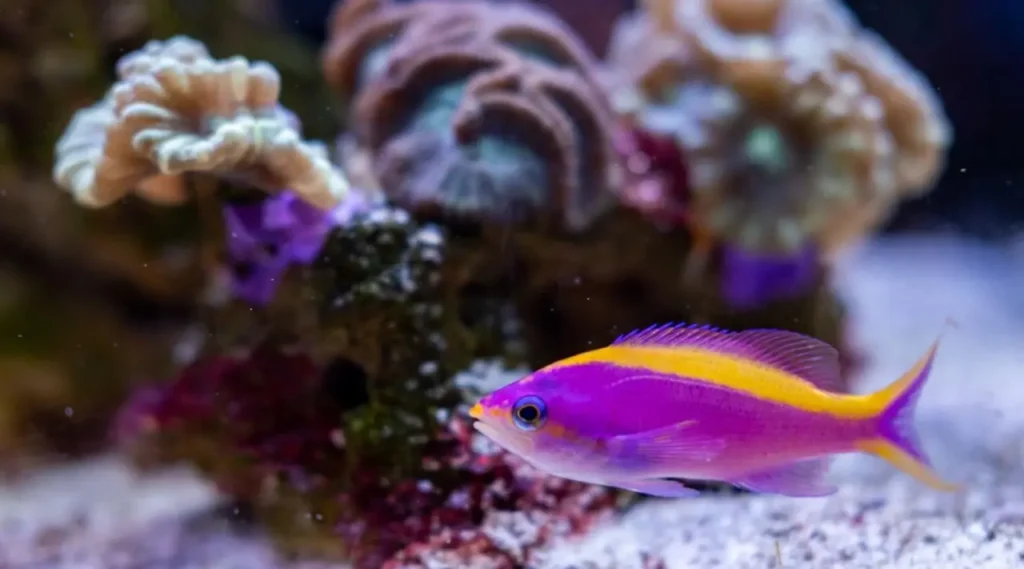
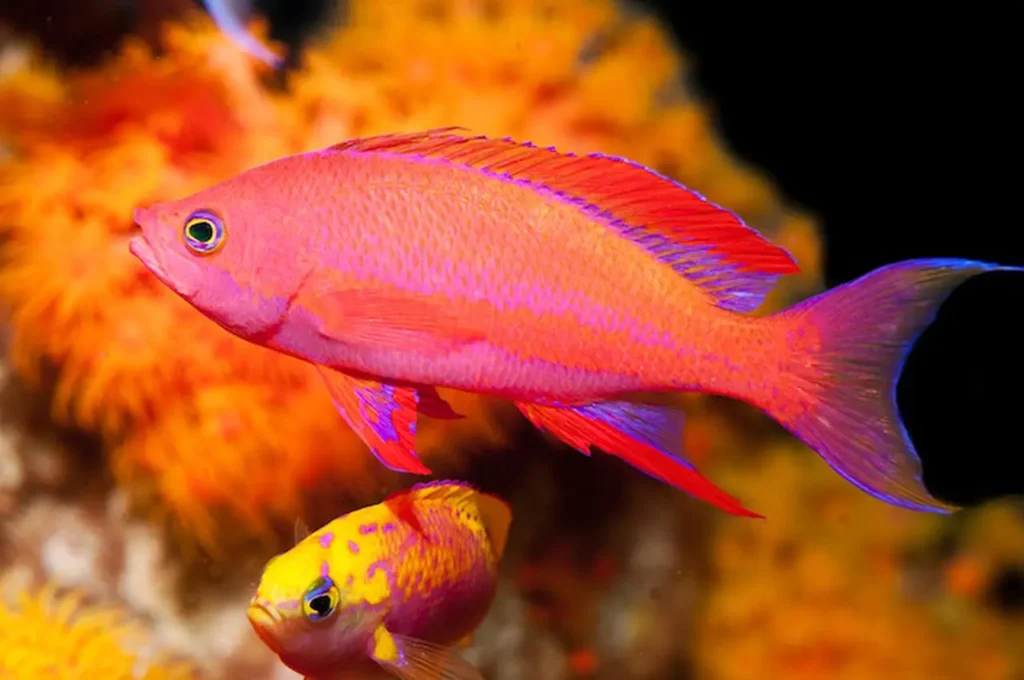
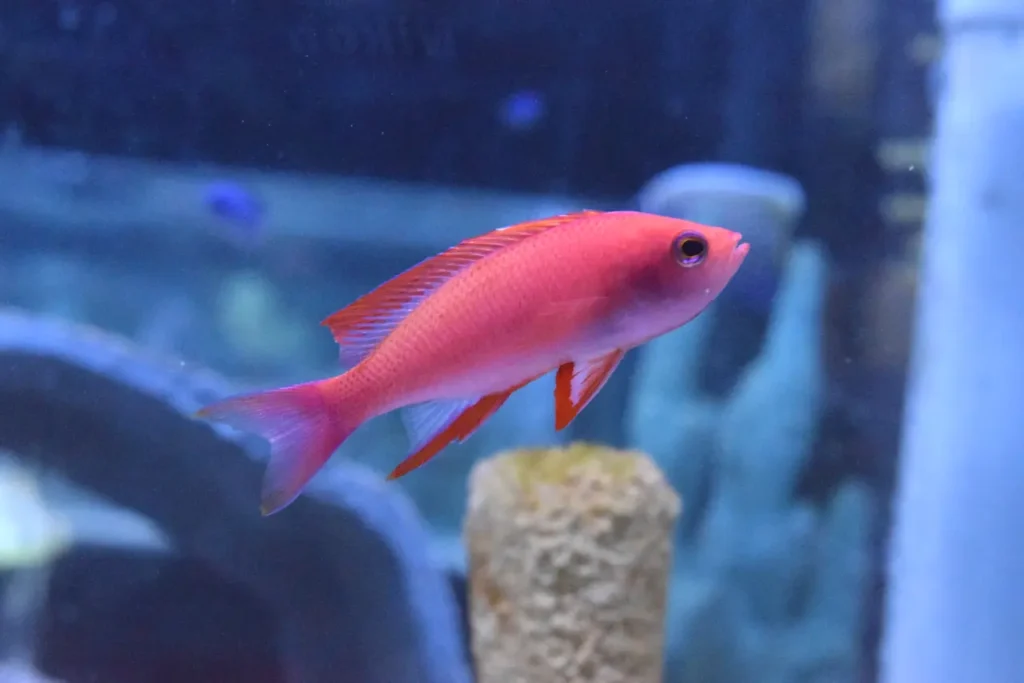
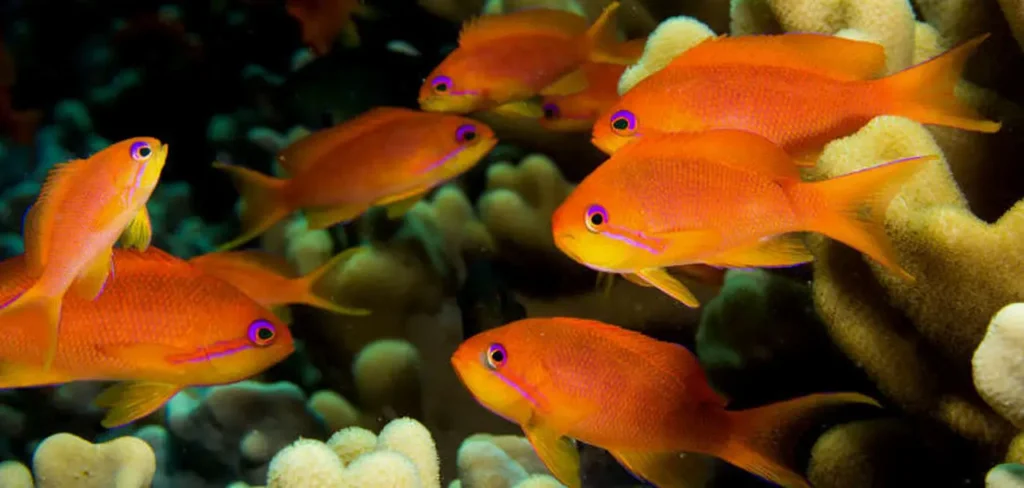
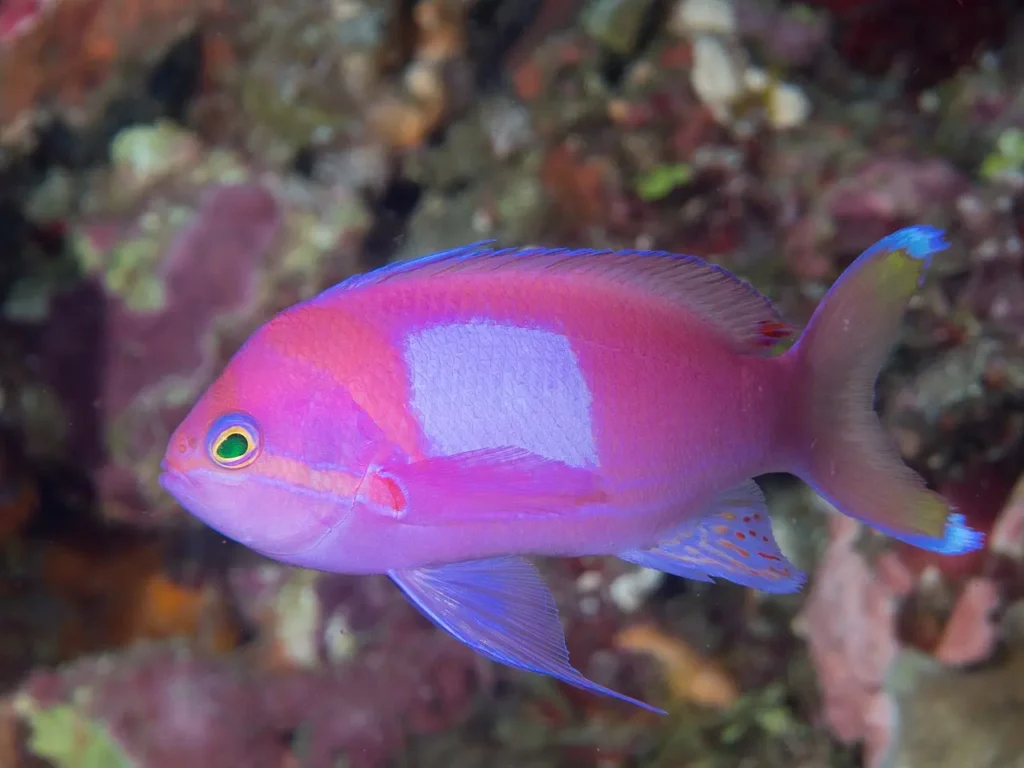
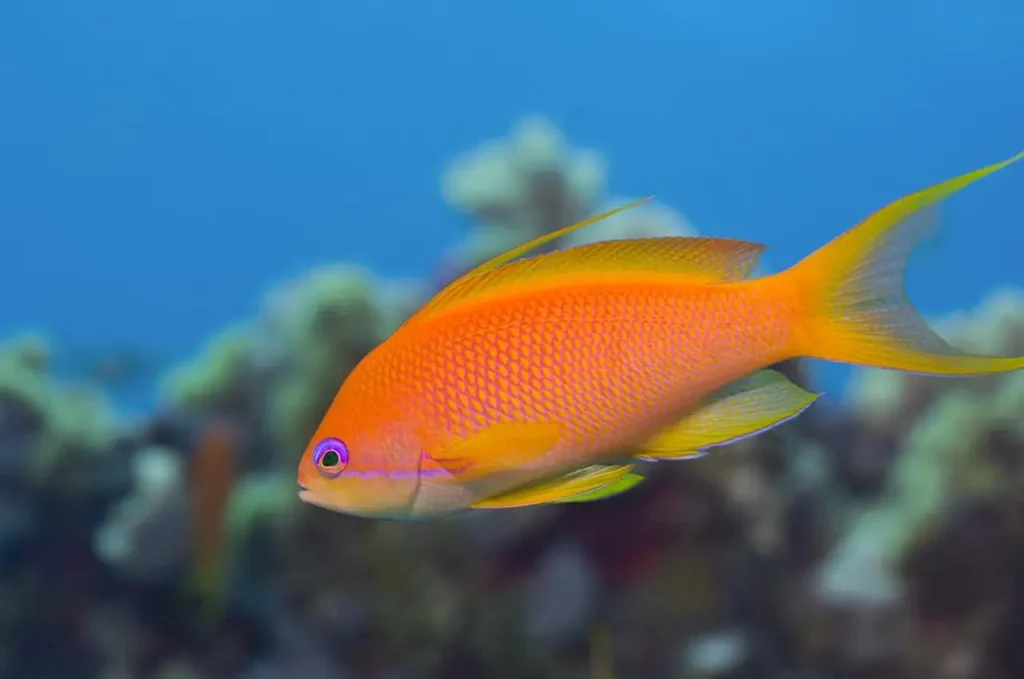
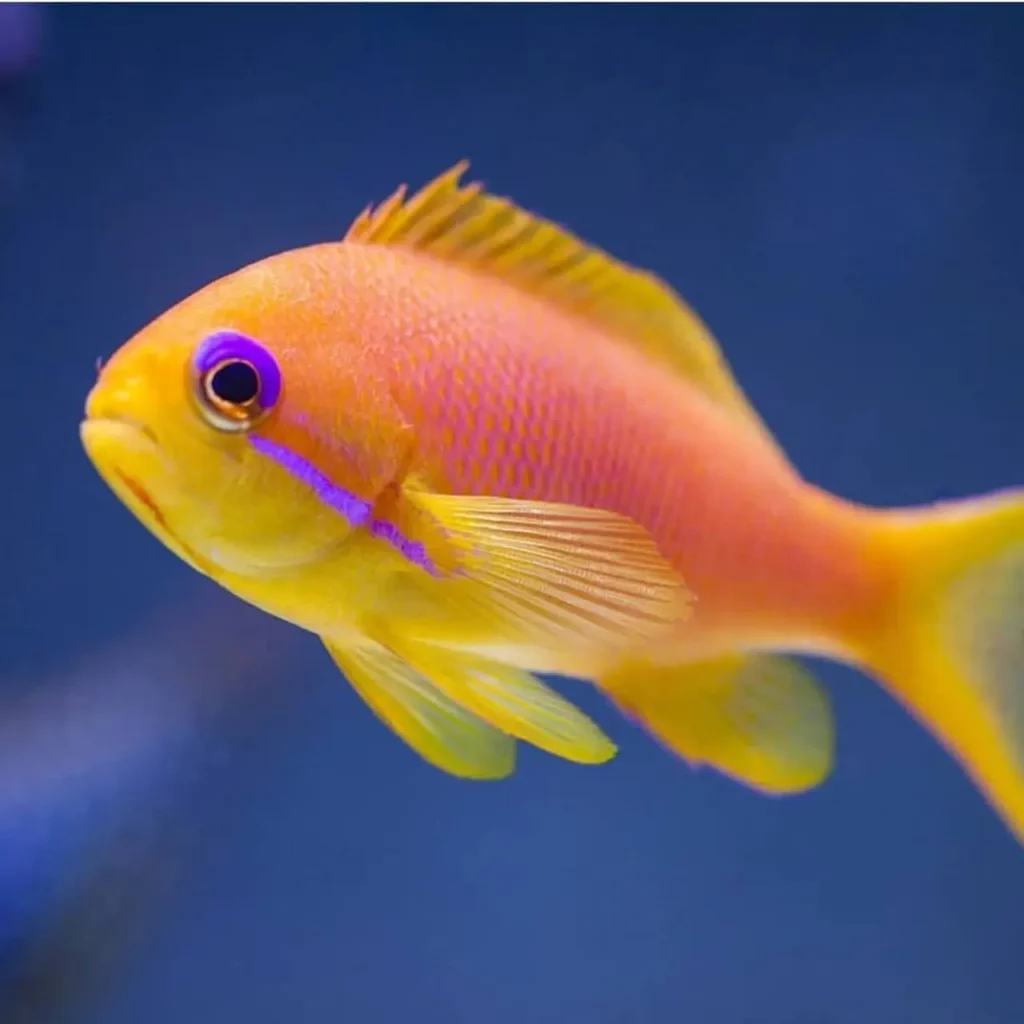
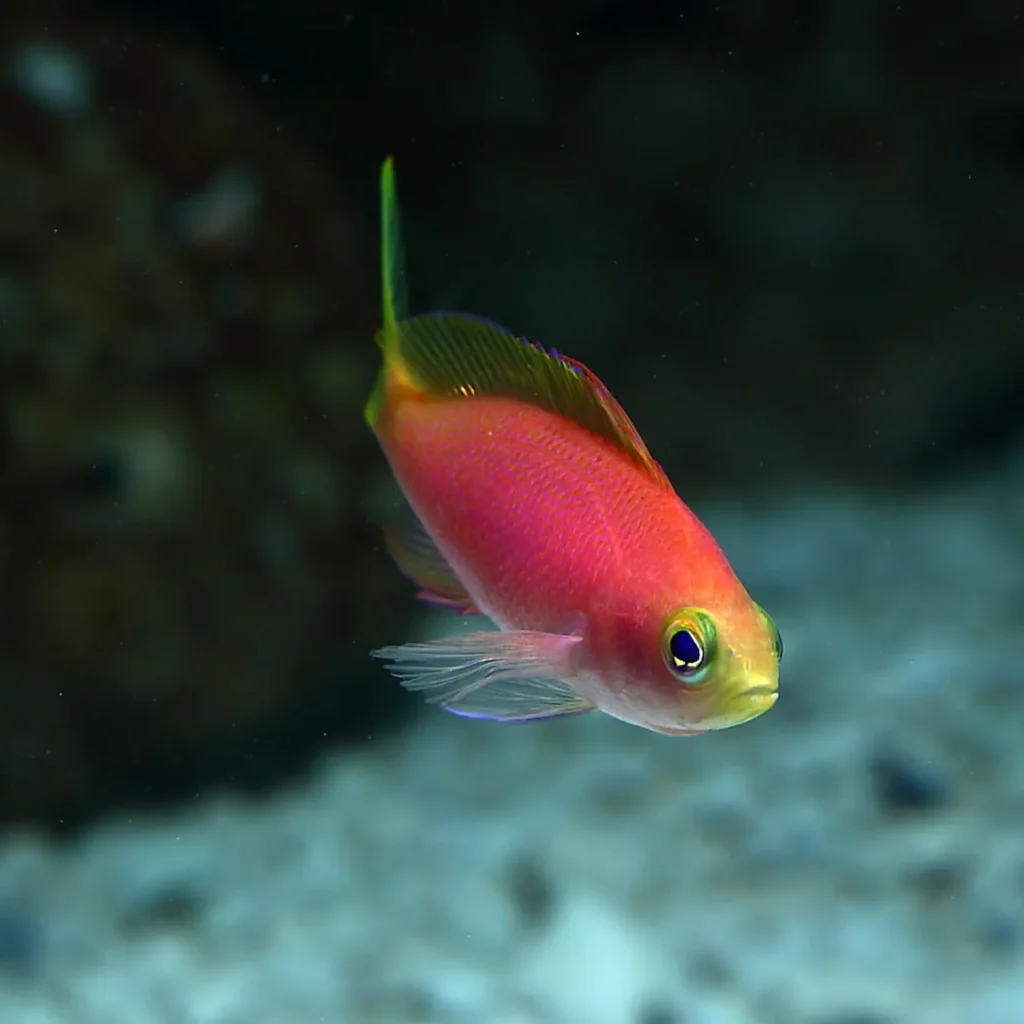
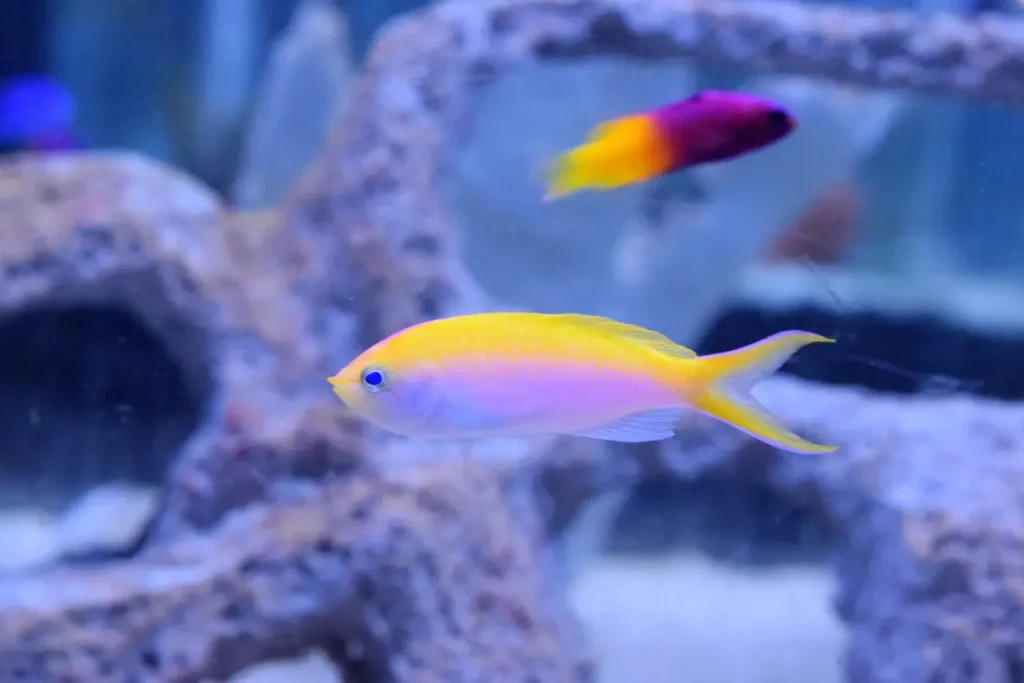
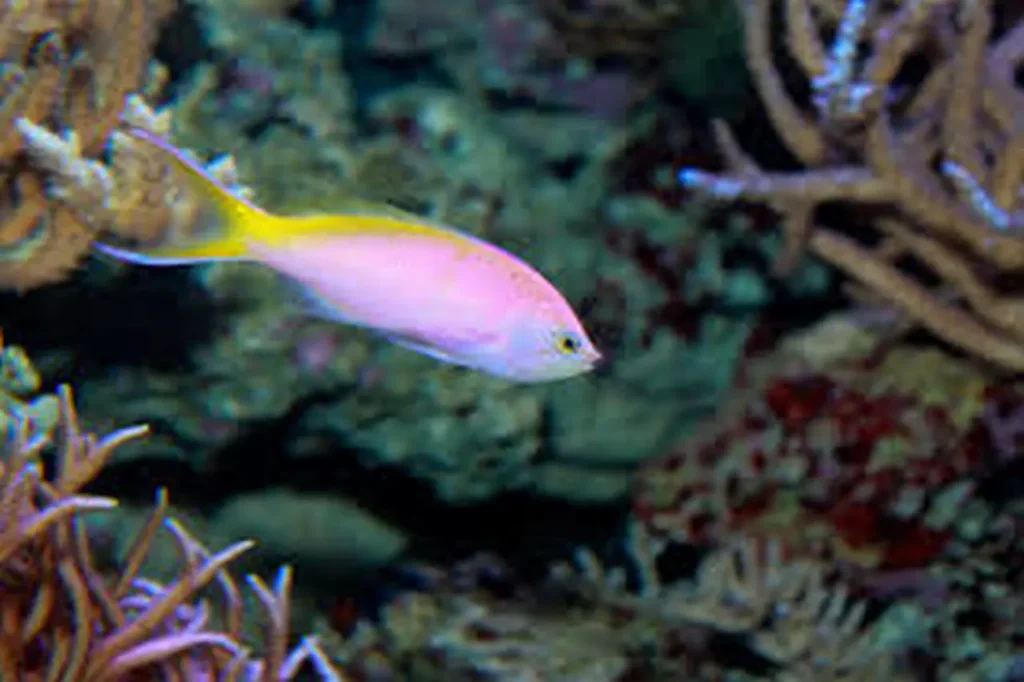
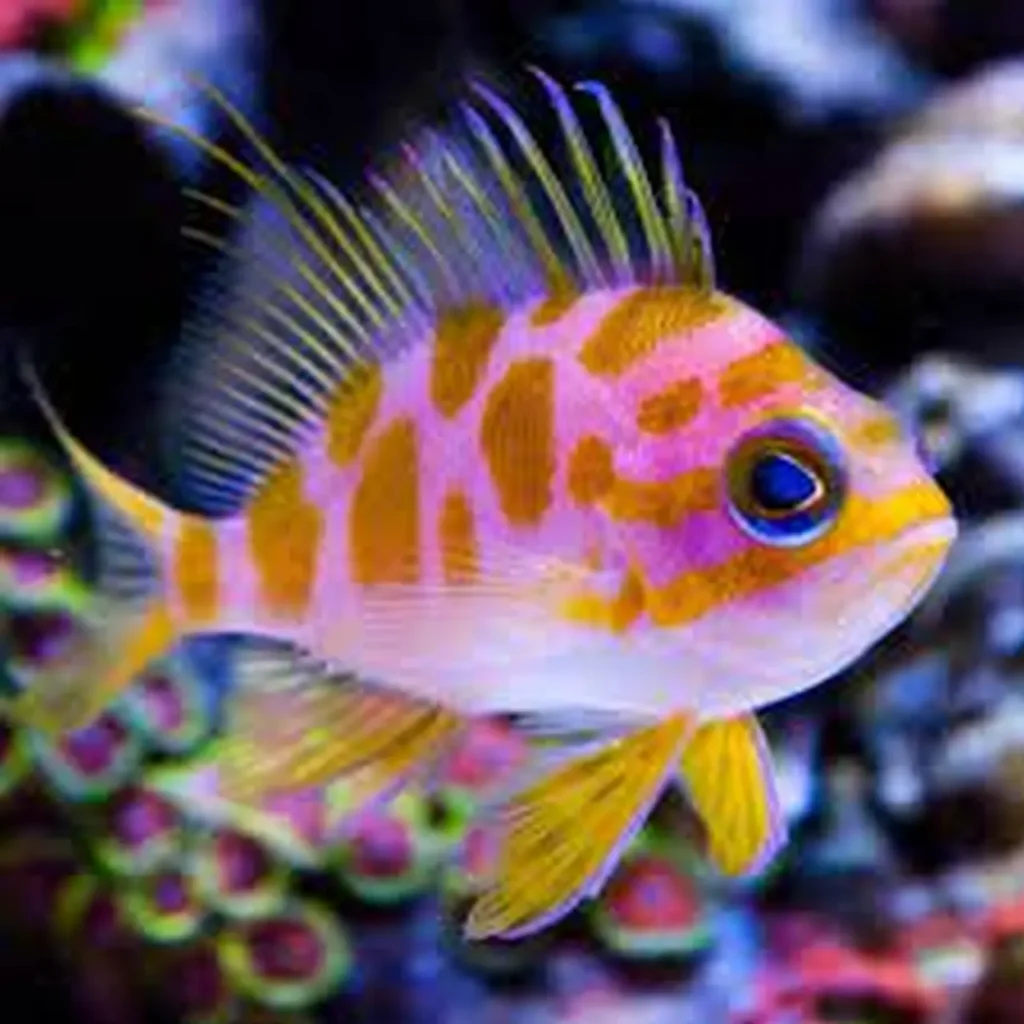
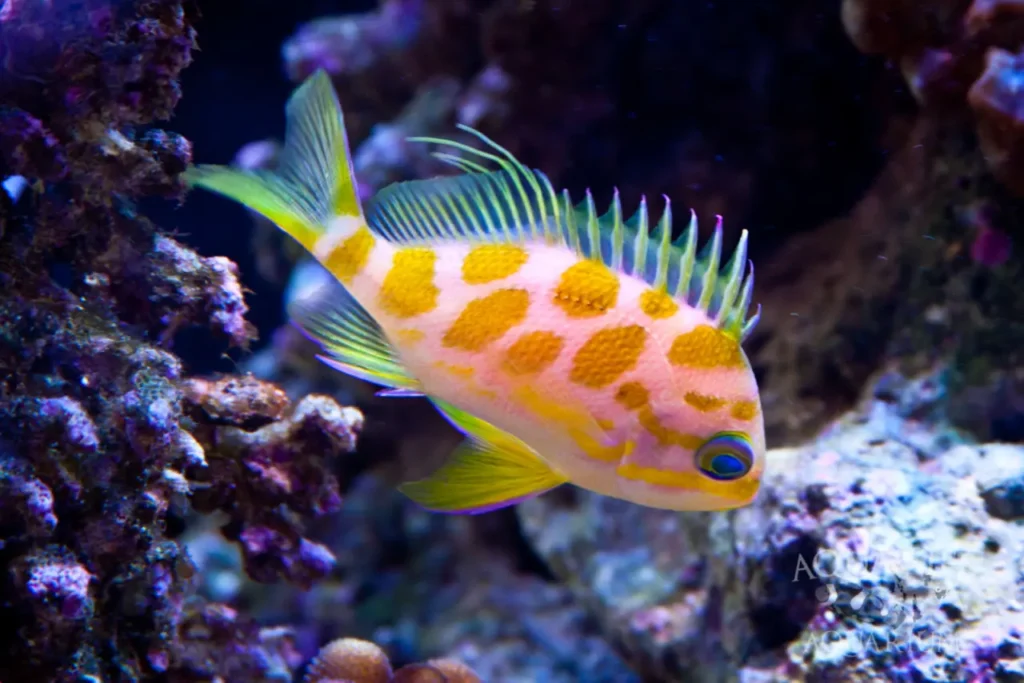
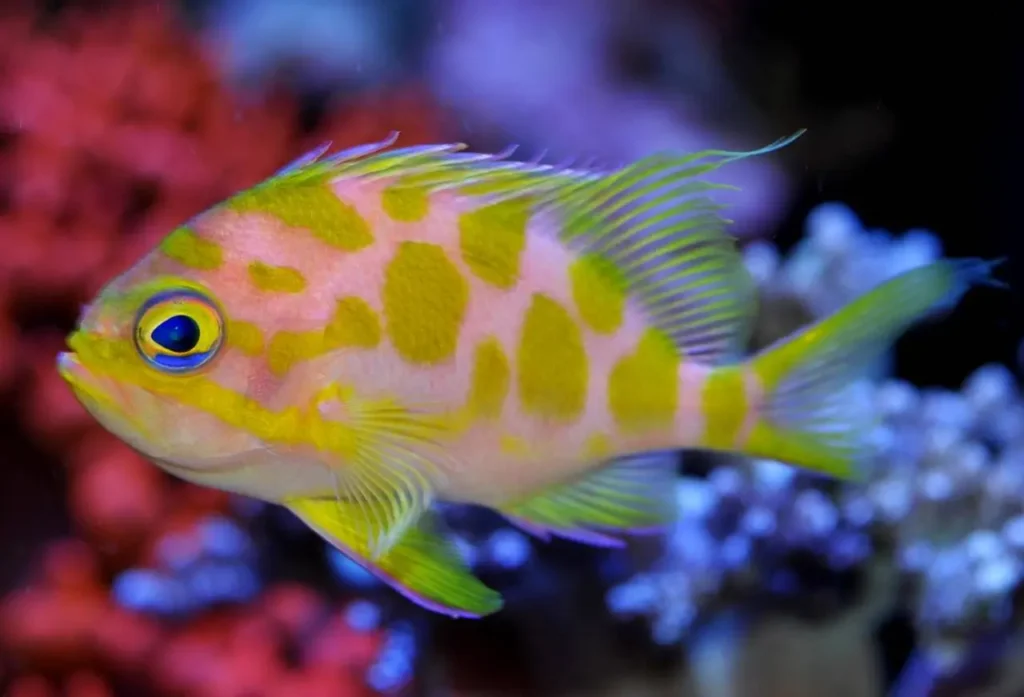
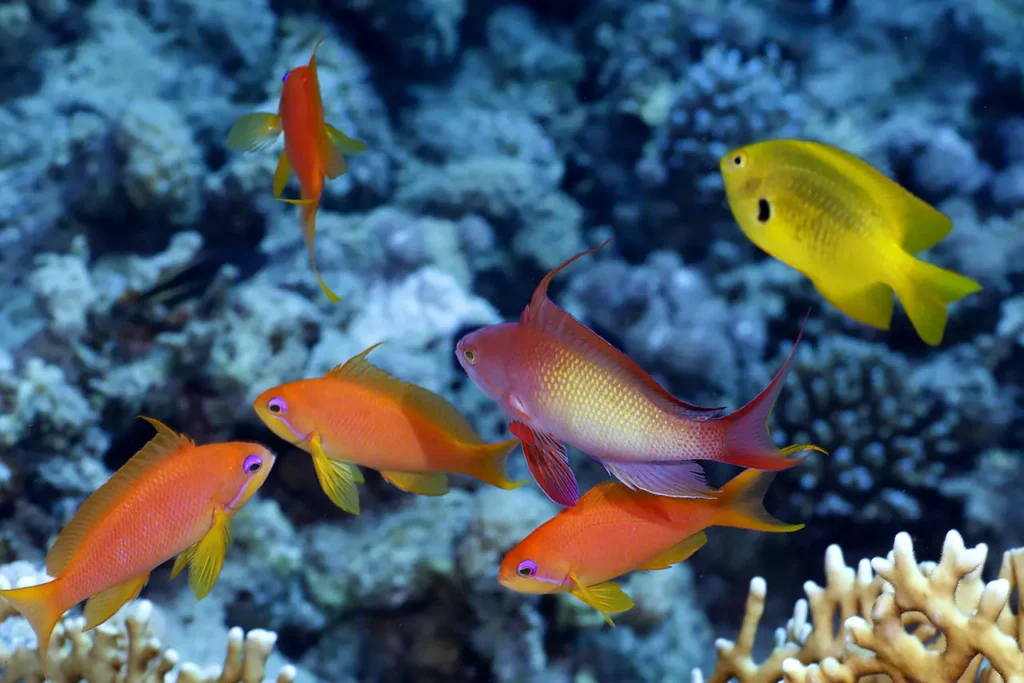
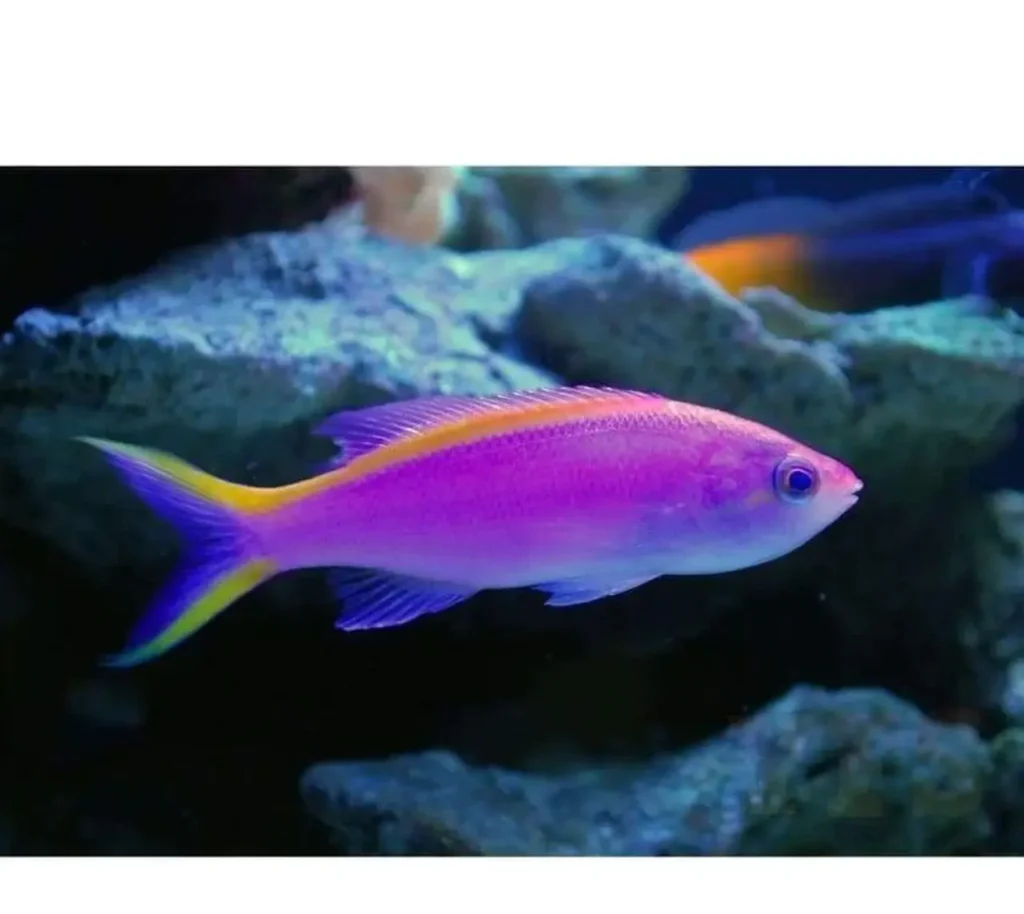
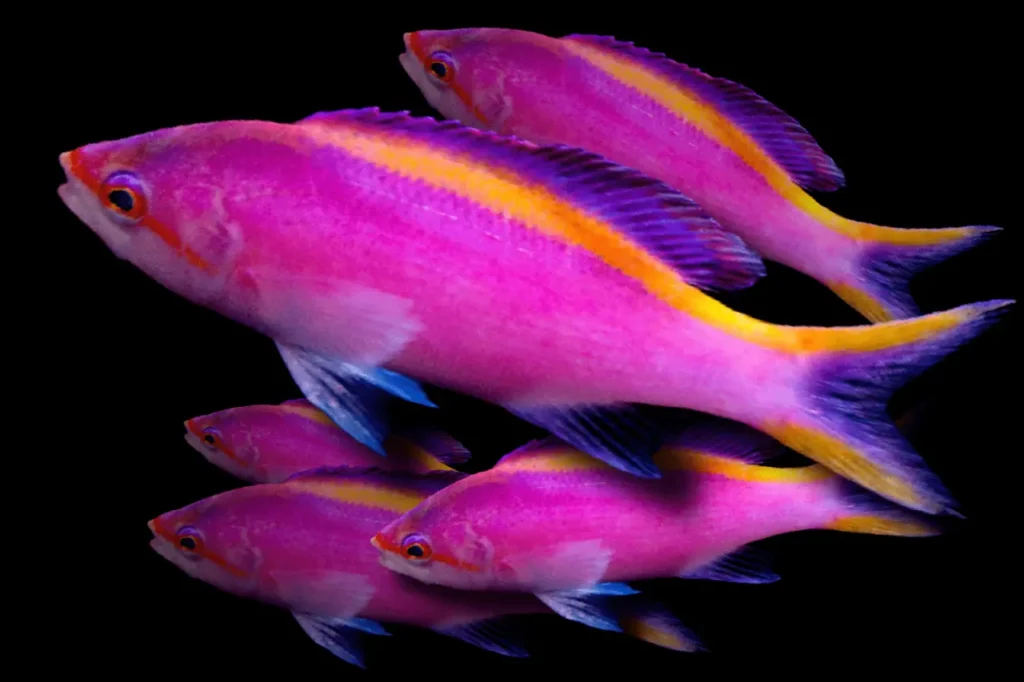
Appearance and Coloration
Anthias fish are renowned for their exquisite coloration, which varies greatly among species and genders. Males often display more vivid and flamboyant colors compared to females. Their scales shimmer with vibrant shades of red, orange, pink, purple, and yellow, creating a breathtaking spectacle as they glide through the reef.
The females and juveniles of many Anthias species possess more subdued coloration, often featuring shades of yellow, brown, or pale pink. This natural variation in coloration aids in camouflage and protects them from potential predators. However, even in their more muted hues, Anthias fish retain a subtle beauty that blends harmoniously with their coral reef surroundings.
Social Structure and Behavior
Anthias fish are renowned for their unique social structures, which add an extra layer of fascination to their already captivating presence. They typically form harems, consisting of one dominant male and multiple females. The dominant male exhibits the most vibrant colors and performs elaborate courtship displays to attract and maintain his harem.
Within the harem, each female has a designated territory, and the male defends the entire group against rival males. If the dominant male is removed or dies, the largest and most dominant female will undergo a remarkable transformation. She will change sex, becoming a male and assuming the role of the dominant individual in the group.
Anthias fish are diurnal, meaning they are active during daylight hours. They spend their days foraging for small invertebrates and zooplankton, which they consume with their specialized mouths. At night, they seek shelter within the coral formations or in crevices to rest and stay safe from nocturnal predators.
Habitat and Distribution
Anthias fish inhabit the tropical coral reefs of the Indo-Pacific region, including the Red Sea, the Indian Ocean, and the Pacific Ocean. They are primarily found in clear, warm waters with abundant coral formations. Anthias are reef-associated fish, meaning they rely on the shelter, food sources, and symbiotic relationships provided by the coral reef ecosystem.
These vibrant fish form schools, often congregating near coral heads or along the edges of reef drop-offs. The reef’s structure provides them with protection, as well as access to food and potential mates.
Conservation and Protection
Anthias fish, like many other coral reef inhabitants, face various threats to their survival. Habitat destruction, overfishing, and the impact of climate change on coral reefs pose significant challenges to these mesmerizing creatures. Coral bleaching events and the degradation of their natural habitats directly affect the availability of food, shelter, and breeding grounds for Anthias populations.
To protect these stunning fish, it is crucial to support and promote responsible reef conservation practices. This includes minimizing pollution, practicing sustainable fishing methods, and raising awareness about the importance of protecting coral reef ecosystems as a whole.
An Underwater Symphony of Beauty
Anthias fish contribute to the vibrant tapestry of life that thrives within the world’s coral reefs. Their dazzling colors, intricate social structures, and graceful movements make them an integral part of the delicate balance within these ecosystems. Observing Anthias fish as they dart and dance through the coral formations is an awe-inspiring experience, reminding us of the profound beauty and diversity found beneath the ocean’s surface. By appreciating and protecting these captivating creatures and their fragile habitats, we can ensure the continuation of their splendor for generations to come.
